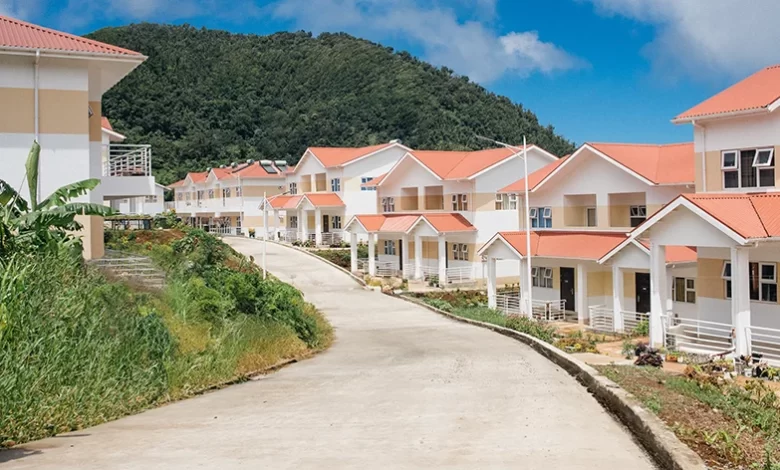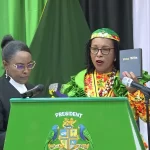Climate Resilience and Recovery Plan (CRRP)

The Climate Resilience and Recovery Plan (CRRP), developed after the devastating impact of Hurricane Maria in 2017, outlines Dominica’s long-term strategy for achieving climate resilience by 2030. The plan emphasizes rebuilding and transforming the island to withstand future natural disasters while promoting sustainable economic development. The National Resilience Development Strategy 2030 (NRDS), under which the CRRP operates, highlights three pillars:
- Climate Resilient Systems,
- Prudent Disaster Risk Management
- Effective Disaster Response and Recovery.
Initiatives to create strong communities, durable infrastructure, and economic diversification support these pillars, especially in tourism, agriculture, and fisheries.
Key Features of the Climate Resilience and Recovery Plan
The CRRP sets out a comprehensive approach that includes enhancing Dominica’s Eco-Tourism through projects like the Waitukubuli National Trail and safeguarding natural assets such as Boeri Lake and the Cabrits National Park Marine Section. The plan also focuses on protecting critical ecosystems like coral reefs, mangroves, and seagrass beds, which are vital for fisheries and tourism.
A crucial aspect of the plan is its emphasis on community resilience, ensuring that each village, including Tarreau and Castle Bruce, is equipped to manage and recover from climate events. This includes disaster preparedness strategies that enable communities to access essential services like clean drinking water and communication for up to 14 days following a significant storm.




